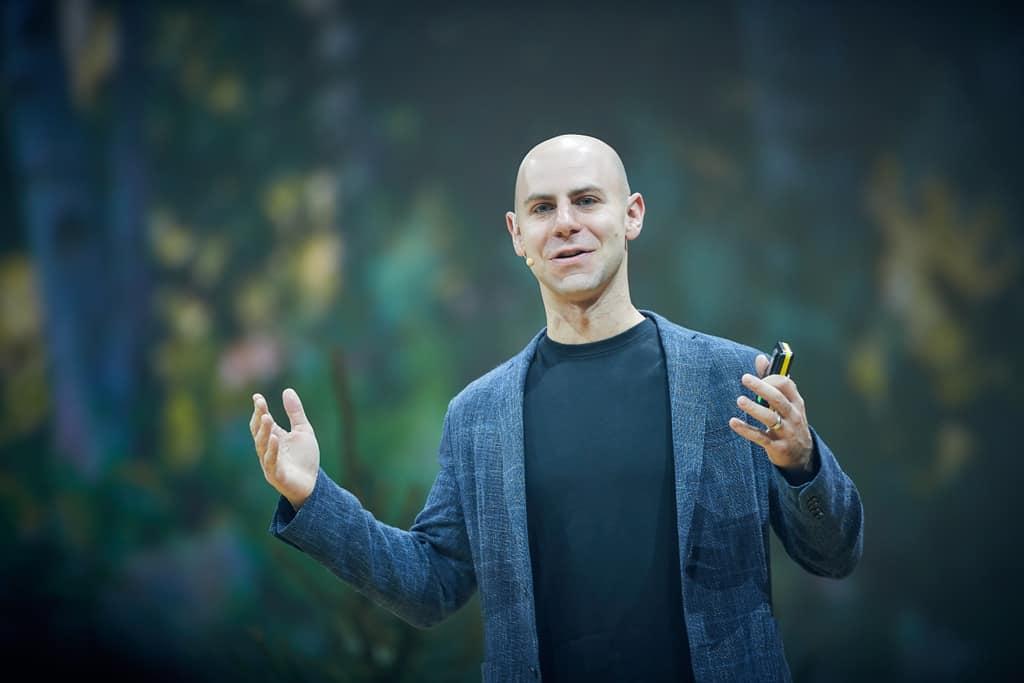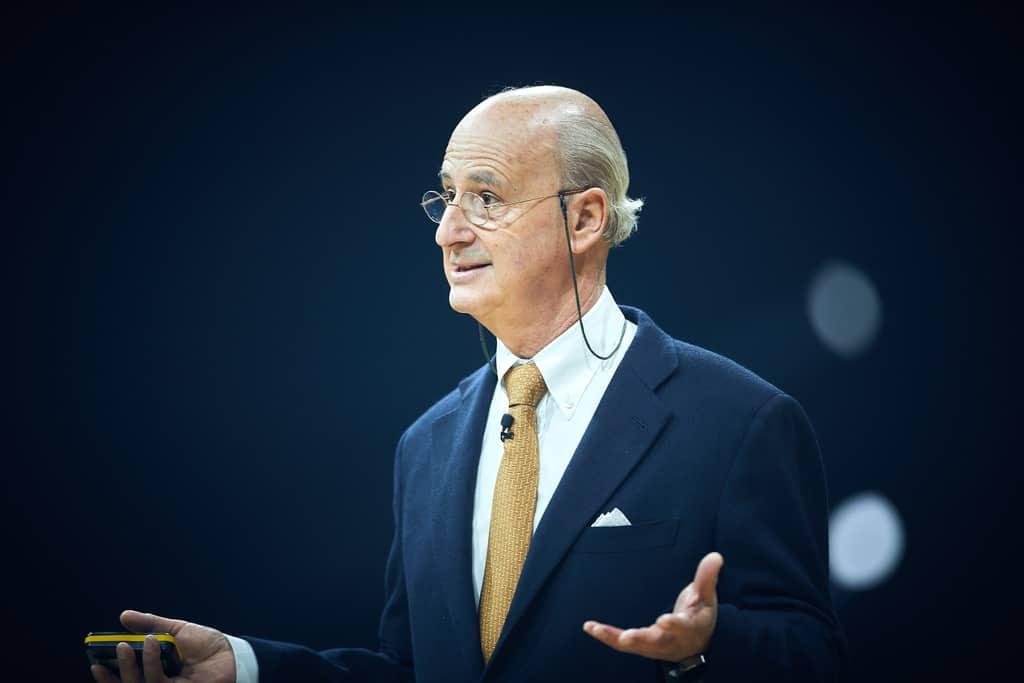2Oct2017
Generosity doesn’t have to be dirty word in the business world, but learning how to put the art of giving and taking into practice is as important as the act itself. That’s a core conclusion of organisational psychologist Adam Grant as a result of his research into business motivation.
“I am constantly wandering into organisations and seeing paranoia,” he says. “I see takers who are wanting to get ahead by dumping all the unpleasant responsibilities onto someone else. At the opposite end I see givers who are prepared to share their skills, mentoring and time. Most people are ‘matchers’, somewhere in the middle.”
Recognising this behaviour, which can be identified in all cultures, can yield positive results for businesses, says Grant, as long as one accepts that giving in the short or even medium terms reaps rewards in the longer term.
Grant refers to the humble beginnings of a 19-year-old restaurant worker – an out and out giver – who was hired as a waitress but who let the lines of her duties blur to include other restaurant functions. On the basis of the reputation she had earned for her generous working spirit, she was offered and accepted a job managing a new restaurant in Australia, which she initially rejected, assuming a lack of qualifications. By the age of 26 she was in charge of the chain’s restaurants in the whole Asian region. By the age of 32 she was in charge of the whole company. The lady in question was Kat Cole, President of Cinnabon.
What does this example teach us? “The time she expended helping others was unproductive in the short run but highly productive in the long run,” says Grant. “She got a reputation for skills and a willingness to help, and this helped to open up the doors. Kat was spending all this time helping other people to solve their problems and it put her in a better position to help others. It gave her new perspectives.”
Grant proposes a four stage management strategy to create a business environment where givers like Kat Cole succeed.
First, set boundaries to your time when sharing skills or experience with your employees. Set aside a designated period of time each week in which to consciously pass on advice or assistance, rather than earn a reputation as someone who can be approached at any time; make yourself a ‘chunker’ of time, rather than a ‘sprinkler’.
Second, be a specialist, not a generalist, making your ‘donations’ of time and expertise consistently relevant. Thirdly, identify whom to help. “Be cautious with takers,” advises Grant. “Once you say yes they come back to exploit you again and again. Reserve your energy for takers who don’t only think of themselves but are prepared to commit.”
How do you spot a taker? Language is one marker, as with the CEO who consistently uses the personal pronoun – I – in his or her communications, or giant profile photos in annual reports.
Lastly, to build a culture where givers succeed, you have to make sure they are supported in their giving. “To drive your own success, you have to be able to elevate the success of others.”


